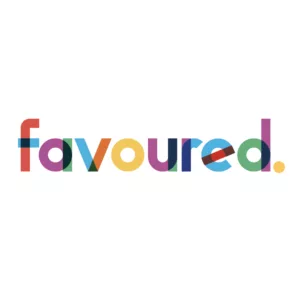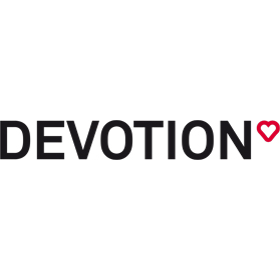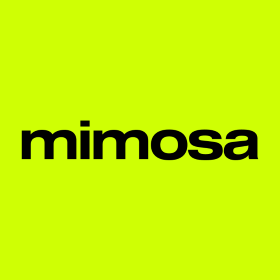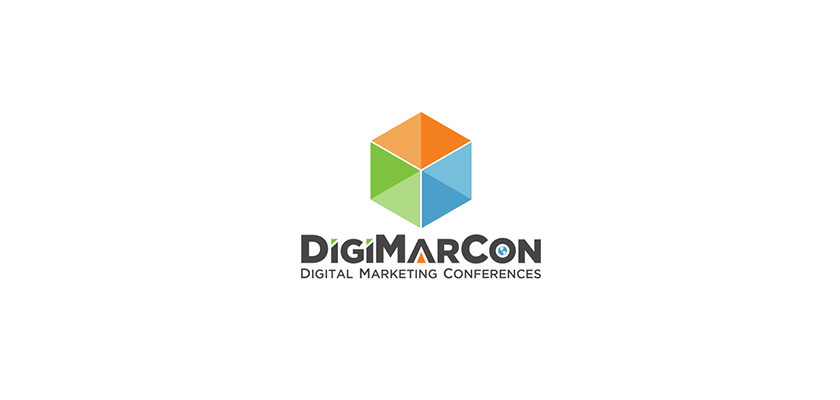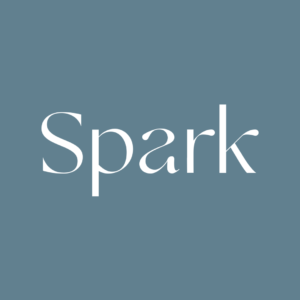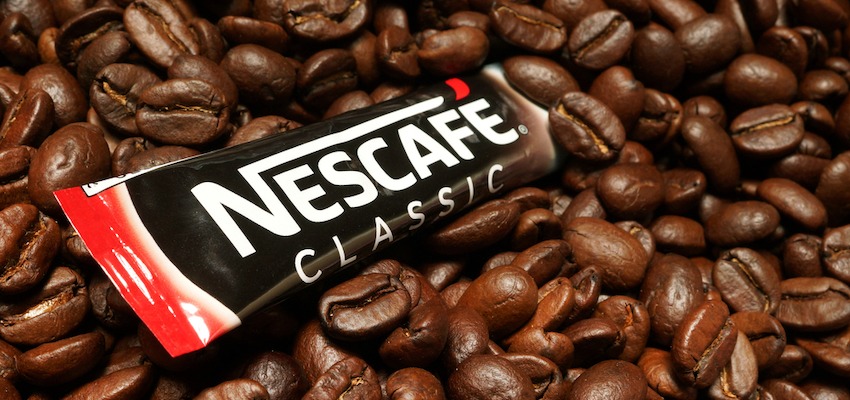
Brew-tiful Blends: Nescafe’s Marketing Strategies
If you’re a coffee lover, you’ve probably savored a cup of Nescafe at some point in your life.
With its rich history and an array of coffee offerings, Nescafe has become a household name and a global coffee powerhouse. But what sets Nescafe apart isn’t just the quality of its coffee; it’s its exceptional marketing strategies.
Adopting a character that is part of life globally, Nescafe’s marketing strategy is a good example of how to communicate with a broad target audience. The brand manages to represent itself as a supporter of different life situations, regardless of income, age, gender, or more.
So, grab your favorite Nescafe brew, settle into a cozy spot, and join us as we deep dive into the marketing success of Nescafe and analyze the unique strategies of the brand that were created with the help of digital marketing agencies.
Nescafe’s Universal Appeal
Nescafe’s story is one of universal appeal. It’s a tale of a brand that has managed to connect with people from all walks of life, regardless of their age, background, or location. Whether you’re an urban dweller seeking a morning pick-me-up or a rural resident enjoying a quiet moment, Nescafe is there with you.
Nescafe’s marketing doesn’t discriminate; it resonates with everyone. From millennials seeking the latest coffee trends to older generations who’ve grown with the brand, Nescafe has created a place in the hearts of coffee enthusiasts worldwide. But what’s the secret behind this universal appeal? It’s not just about the taste of their coffee; it’s about the emotional connection they’ve forged with their audience. Nescafe has made coffee not just a beverage but a companion to life’s diverse moments. It’s a brand that understands the essence of shared experiences and celebrates them.
A Journey Through Time
To understand Nescafe’s marketing strategies, we need to embark on a journey through time. The year was 1938 when Nescafe introduced instant coffee to the world, forever changing the way we consume our favorite brew. From that moment on, Nescafe has been on an incredible journey, one that has mirrored the historical events of our time. As a result of their brilliant campaigns and visionary projects, Nescafe now reaches out to over 180 countries, making it the world’s favorite coffee. In this regard, it shares the global stage with brands like Coca-Cola. What makes Nescafe’s journey remarkable is not just their coffee quality but their ability to adapt, innovate, and connect with their audience.
The coffee industry has seen its fair share of changes and challenges, but Nescafe’s marketing strategies have helped them not only survice but thrive in an ever-evolving market. The journey of Nescafe is a testament to the power of marketing, the art of storytelling, and the importance of staying relevant. But staying relevant isn’t easy, especially in the digital age where trends come and go in the blink of an eye.
Staying Relevant in the Digital Age
The world of marketing is continually evolving, thus even established brands often face a challenging question: How do you stay relevant? Nescafe, the old hand in the coffee business, has taken this question head-on and crafted an inspiring answer.
The challenge for Nescafe is making sure that coffee remains an integral part of our daily lives. It’s about connecting with the new generation while retaining the trust and loyalty of the older generation. To do this, Nescafe recognized the significance of digital marketing.
While older consumers are already well-acquainted with the brand, Nescafé saw an opportunity to create digital connections with younger consumers. The key to this strategy is bridging the generational gap by reaching out to the youth where they live – on digital platforms. Social media, in particular, has become the playground of millennials and Gen Z, and Nescafé has adeptly joined in on the fun. With 75K followers on X, and 175K followers on Instagram, they have set a strong digital footprint. Moreover, the brand has tailored its approach by establishing local Instagram accounts for different countries. This isn’t just marketing; it’s a conversation with their target audience, and it’s the perfect way to stay in touch with a younger demographic.
The Nescafe Marketing Mix
Nescafe’s enduring success isn’t just the results of random marketing efforts. It’s definitely the outcome of a meticulously crafted marketing mix. Nestled within the colossal brand house of Nestle, Nescafe has artfully sculpted its position in the global coffee market. To achieve this, they’ve collaborated with FMCG marketing agencies that specialize in fast-moving consumer goods. These agencies bring a wealth of experience and insights into the intricate world of consumer behavior, enabling Nescafe to fine-tune its marketing strategies.
Let’s look at Nescafe’s strategic approach across the various elements of their marketing mix, revealing the secrets behind their brew-tiful success.
Pricing Strategy of Nescafe
At the heart of Nescafe’s pricing strategy lies a deep understanding of its customers’ perception of value. Over the decades, Nescafé has navigated a delicate balance in pricing. Yes, you could find a bag of no-name instant coffee for less, but what you’re paying for with Nescafe is not just the coffee – it’s the brand promise of consistent quality of flavor. They’ve earned their slightly premium price tag by consistently delivering on this brand promise. But what makes Nescafé’s pricing strategy even more remarkable is its ability to cater to a wide demographic. It’s not just about the elite coffee drinkers; it’s about everyone.
This is where their multi-tiered product line comes into play. The ever-popular Nescafé Classic appeals to those looking for affordability without compromising on taste, while Nescafé Gold stands as a testament to better taste. This sensitive approach to pricing ensures that, regardless of one’s financial standing, there’s a Nescafé for everyone. It’s not just about coffee; it’s about creating a sense of inclusion. This strategy, driven by a profound understanding of various market segments and consumer expectations, has undoubtedly contributed to Nescafé’s enduring success.
Placement Strategy of Nescafe
Have you ever wondered how Nescafe seems to be everywhere? Whether you’re in a bustling city center or a remote countryside village, there’s a high chance you’ll find a jar of Nescafe on a store shelf. This widespread availability isn’t coincidental—it’s the result of meticulous planning and a robust distribution strategy.
Nescafé benefits from being a brand under the Nestle conglomerate, which boasts one of the world’s most extensive distribution networks. By seamlessly integrating into this network, Nescafé ensures that its reach extends from sprawling supermarkets in urban hubs to quaint local stores in rural pockets. And the aim? Ensuring that no matter where you are, your favorite cup of coffee is just around the corner. This availability, this accessibility, is one of the cornerstones of Nescafé’s marketing success.
Product Strategy of Nescafé
Coffee, as simple as it may seem, is a complex beverage with tastes that can vary remarkably across regions. Nescafé, with its global footprint, understands this deeply. Their product strategy isn’t a one-size-fits-all approach; it’s a mosaic of offerings that caters to the intricate taste palettes of diverse geographies. In Europe, where the preference might lean towards more traditional and classic coffee flavors, Nescafé offers products that satiate these preferences. On the other hand, the dynamic and varied Asian market calls for something entirely different. Recognizing the unique tastes of this vast continent, Nescafé has introduced products like Ginseng-infused coffee or delicate White Coffee, which cater specifically to Asian tastes.
With this geographical customization, the brand shows that it understands cultural nuances, regional preferences, and local coffee-drinking habits. By doing so, Nescafe ensures that its offerings resonate deeply with its consumers, making the brand not just a coffee provider but an integral part of their daily rituals.
Promotion Strategy of Nescafé
Nescafe, a brand under the vast umbrella of Nestle, is almost synonymous with instant coffee across the globe. Their promotional strategies have been commendable, etching the brand into the collective memory of its vast consumer base. When we look at Nescafé’s ad campaigns, one common thread becomes evident: storytelling. The brand has always leaned into narratives that resonate emotionally with its audience. The ‘It all starts with a Nescafé’ tagline is a testament to this. The ‘It all starts with a Nescafé’ tagline is a testament to this. Used globally and moved away from a simple product-centric advertisement to something far more profound. It emphasizes the idea that a great thing, be it a new relationship, an idea, or a day full of potential, begins with a single cup of coffee.
Moreover, with the rapid digitization of the world, Nescafé has adeptly moved with the times. Recognizing the potential of digital media, especially with the millennial and Gen Z demographics, they have capitalized on social platforms. Their content varies from quick coffee recipes and heartwarming coffee moments to engaging with online challenges and trends.
Nescafé also cares about tapping into local nuances in different markets. For instance, in countries like India, Nescafé advertisements often touch upon local themes, friendships, and societal issues, wrapping them around the warm embrace of their coffee.
Nescafé’s promotional strategy is not just about selling a product; it’s about selling an experience. They’ve made it clear that every cup of Nescafé is not just about the taste or the instant energy it provides, but the variety of emotions and connections that come along with it. This human-centric approach to promotion, combined with astute utilization of digital platforms, has ensured that Nescafé remains not just a drink but a cherished ritual for many around the globe.
Nescafé’s marketing mix is a testament to their ability to blend traditional elements with modern strategies to create a brand that appeals to people of all backgrounds and locations. But the story doesn’t end here.
Connecting the Digital with the Physical World
Nescafé came out with a challenge: Are you really friends with your Facebook connections?
In a world, getting digital at a crazy pace, friendships also have a different vibe. From this idea, the company decided to turn online friendships into offline ones to see what’s going on with friends in the digital era.
The main character of the project “Really Friends?” was Arnaud, who is around 35 years old and has more than 1000 friends on Facebook. He visited his Facebook friends to have an offline conversation with an iconic Nescafé cup in his hand.
Arnold made a 42-web video documentary along with his interactions with friends. The documentary had more than 8 million views, 63,000 likes, 5,500 shares, and 4,800 comments on Facebook. That’s not all! The brand’s Facebook Page also increased the number of fans by 400%.
The project turned into a real success as other people also wanted to have the same experience as Arnaud, which gave rise to the idea of a contest. The Facebook contest, titled Le Défi Nescafé, got 26,000 applications.
Nescafe’s Target Audience
Throughout its history, Nescafé has embraced a broad target audience. Its coffee has become a staple in households, offices, and cafes worldwide. While there isn’t a specific demographic that defines all Nescafé consumers, the brand has successfully connected with various segments of the population.
- Older Generations: Nescafe’s legacy and rich history make it a favorite among older generations who have grown up with the brand. They appreciate the consistent quality and comforting familiarity of Nescafe coffee.
- Millennials and Gen Z: Nescafé recognizes the importance of staying relevant to younger generations. Their active presence on social media platforms like Facebook, Instagram, and Twitter caters to the tech-savvy and socially engaged millennial and Gen Z consumers.
- Global Audience: Nescafé’s diverse product offerings, catering to various taste preferences and cultural nuances, make it a brand that resonates with people from different parts of the world. Their ability to offer localized products ensures a global appeal.
Nescafe’s target audience isn’t defined by a single age group or location. The brand serves those who appreciate the warmth and companionship that a cup of coffee can bring. This versatility is one of the keys to their marketing success, allowing them to connect with a wide range of consumers.
Celebrating Special Days on Social Media
Nescafé knows how to keep the good vibes rolling on Instagram by celebrating special days in style. From Easter to Valentine’s Day and International Coffee Day, they’ve got it all covered.
On Easter, they whipped up posts that were as colorful as the eggs themselves, spreading joy and a side of caffeine.
When Valentine’s Day rolled around, they hit us with heartwarming posts that made us feel all warm and fuzzy inside, just like their coffee.
And on International Coffee Day, well, let’s just say they practically threw a coffee party on our screens.
If you’ve ever wondered what it’s like to pair lemons and coffee, we’ve got you covered! Celebrate the International Coffee Day with our sweet-and-spicy Citrus Americano!🍋☕
— NESCAFÉ Coffee (@NESCAFE) October 1, 2021
Visit our website for more details: https://t.co/jb0KhgSQXp pic.twitter.com/1wHhtzByKs
Whether it’s painting Instagram with Easter cheer, making us swoon on Valentine’s Day, or fueling our coffee cravings on Coffee Day, Nescafé knows how to turn any day into a reason to celebrate.
Advertising Campaigns of Nescafé
The core of Nescafé’s advertising strategy is about being reliable and relevant. The Nescafé campaigns resonate across the globe, bringing people together from various corners to emphasize their collective love for coffee. These aren’t just ads made by advertising agencies; they’re interactive experiences that showcase Nescafé’s willingness to experiment while keeping inclusivity at the forefront. It’s not just about sipping a beverage; it’s about being part of a larger, inclusive coffee community. With each campaign, Nescafé seems to whisper, “Join us; we’re all brewing stories together.
Good Morning World Campaign
Good Morning World is a 360-degree video campaign. The target is basically ‘to create real connections’ with the younger generation. The campaign, created as a part of the REDvolution identity of the brand, is aiming to create a global character for Nescafé.
Global brands may choose different approaches for marketing, such as playing the game more locally. With this campaign, like many others, Nescafé chose to act globally by celebrating the variety in a single project.
As part of the campaign, people from all around the world are seen at their breakfast tables, with a cup of Nescafé. They dance to and chant the soundtrack of “Don’t Worry” by Madcon.
World Says Coffee
World Says Coffee is an impressive ad campaign by Nescafé that vividly demonstrates the brand’s widespread appeal and its meaningful role in people’s lives. In this ad campaign, Nescafé captures the essence of ordinary but beautiful moments from everyday life and shows how their instant coffee can kick-start conversations and be a constant companion in people’s daily activities and adventures.
Make Your Morning Moment
Make Your Morning Moment is a heartwarming Nescafé ad campaign that totally gets the struggle of parents trying to catch a moment of peace before the chaos of the day begins. The video shows this couple trying to catch a breather in the crazy world of parenting, looking for a rare moment of calm. The man sneaks into the kitchen to brew Nescafé’s instant coffee, then tiptoes back to the bedroom. Holding their cups of Nescafé coffee, they manage to squeeze in a special moment amid the morning madness as expressed in the video. It’s all about these small yet incredibly valuable moments that Nescafé nails, giving a sweet pause in the whirlwind of daily life.
The Last Sip
Here we have to realize that Nescafé’s marketing strategy meticulously focuses on younger consumers. And obviously, that strategy works very well. If you want to develop a successful strategy and advertising campaign just like Nescafé does, check out our selection of food and beverage agencies!
As we conclude our journey through Nescafé’s marketing magic, we’re reminded that Nescafé isn’t just a coffee brand; it’s a companion in life’s moments. It’s a reminder that the best conversations, the most heartwarming moments, and the greatest adventures often begin with a simple cup of Nescafé.
So, let Nescafé continue to be your trusted friend, your source of inspiration, and your passport to a world of connections and experiences.




